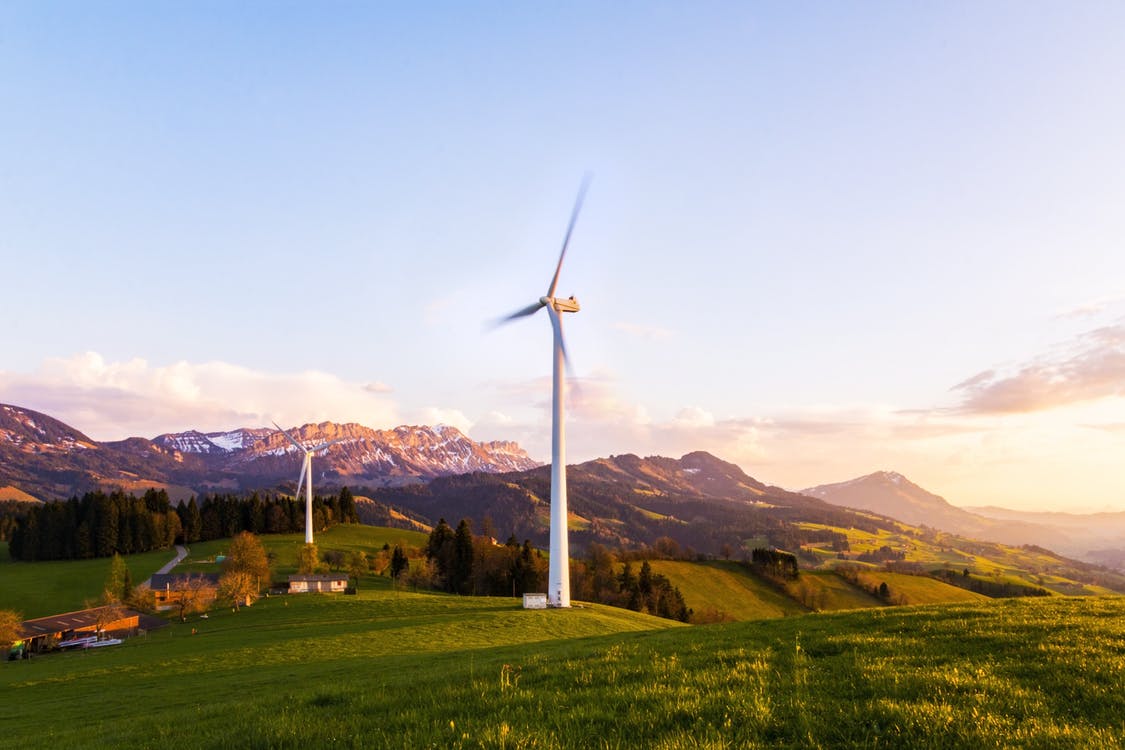
12 Apr INFRASTRUCTURE CHANGES COMING TO YOUR NATION SOON
The world is changing at an unprecedented rate, and so is the way we build and use infrastructure elements. With the increasing demand for resources, the growing global population, and the pressing need to address climate change, the future of infrastructure therefore must be sustainable, resilient, and adaptable to new technologies and changing environments.
In the past, infrastructure projects focused on meeting immediate needs, such as expanding transportation networks, building power plants, and providing clean water and sanitation. But there are also potential downsides now to consider.
To address these challenges, infrastructure must become more intelligent, efficient, and integrated. This means leveraging emerging technologies, such as artificial intelligence (AI), the Internet of Things (IoT), and advanced materials, to design, build, and operate infrastructure that is smarter, more connected, and more sustainable.
For example: One of the most important drivers pushing towards the future of infrastructure is the rise of smart cities. These cities are leveraging technology to optimize energy use, reduce waste, improve mobility, and enhance public safety. For example, metropolitan destinations are installing sensors to monitor traffic patterns and adjust traffic lights in real-time, using data to predict maintenance needs for public infrastructure, and implementing smart grids to manage energy use more efficiently.
Then there’s the increasing use of renewable energy sources to consider. With the price of renewable energy continuing to fall, more infrastructure projects are incorporating solar, wind, and other sources of clean energy. This shift is reducing the reliance on fossil fuels, mitigating climate change risks, and creating new opportunities for economic growth and job creation.
The future of infrastructure also involves the use of advanced materials and construction techniques. For example, researchers are developing self-healing concrete that can repair cracks automatically, reducing the need for costly repairs and maintenance. Additionally, 3D printing is enabling the construction of complex structures and components, reducing waste and improving the speed and efficiency of construction projects.
The integration of natural and built environments is on the rise too. With climate change and urbanization putting increasing pressure on ecosystems, infrastructure projects must take a holistic approach to sustainability, balancing human needs with environmental preservation. This means designing buildings and infrastructure that minimize their impact on natural systems, creating green spaces that enhance biodiversity and provide ecosystem services, and using nature-based solutions to address climate change risks.
Despite these promising trends, there are also some hurdles to consider. These include funding constraints, regulatory barriers, and the need for better collaboration and coordination between stakeholders. To overcome these challenges, policymakers must adopt a more strategic approach to infrastructure planning, aligning investments with long-term goals and prioritizing projects that provide the greatest social, economic, and environmental benefits.



